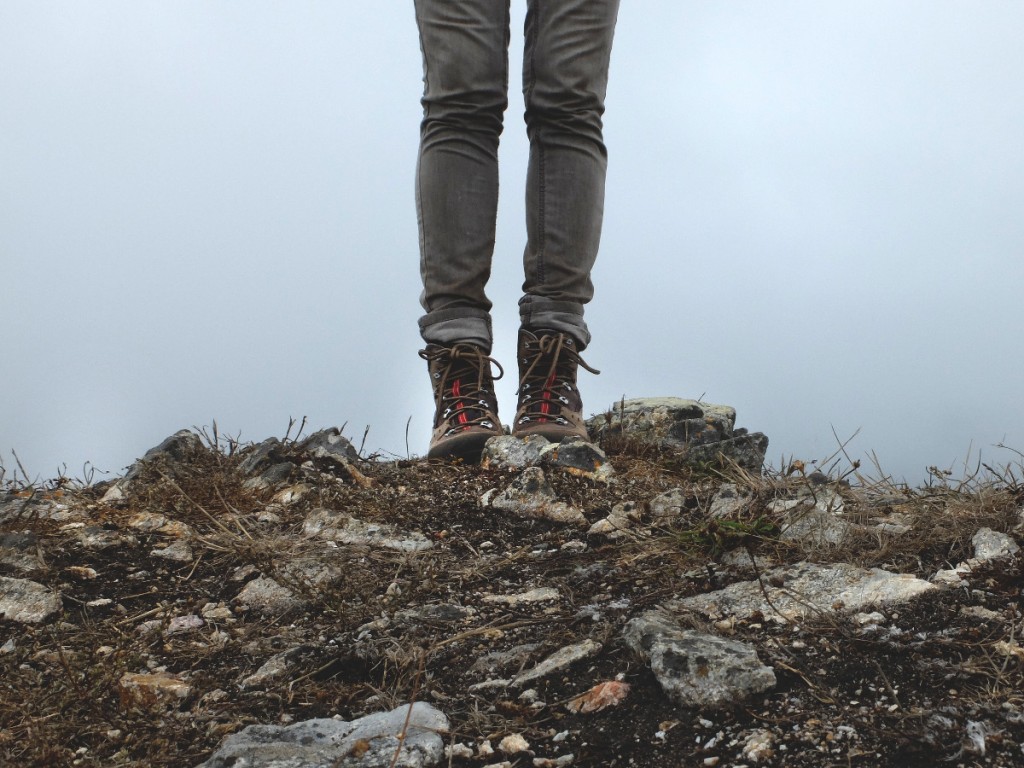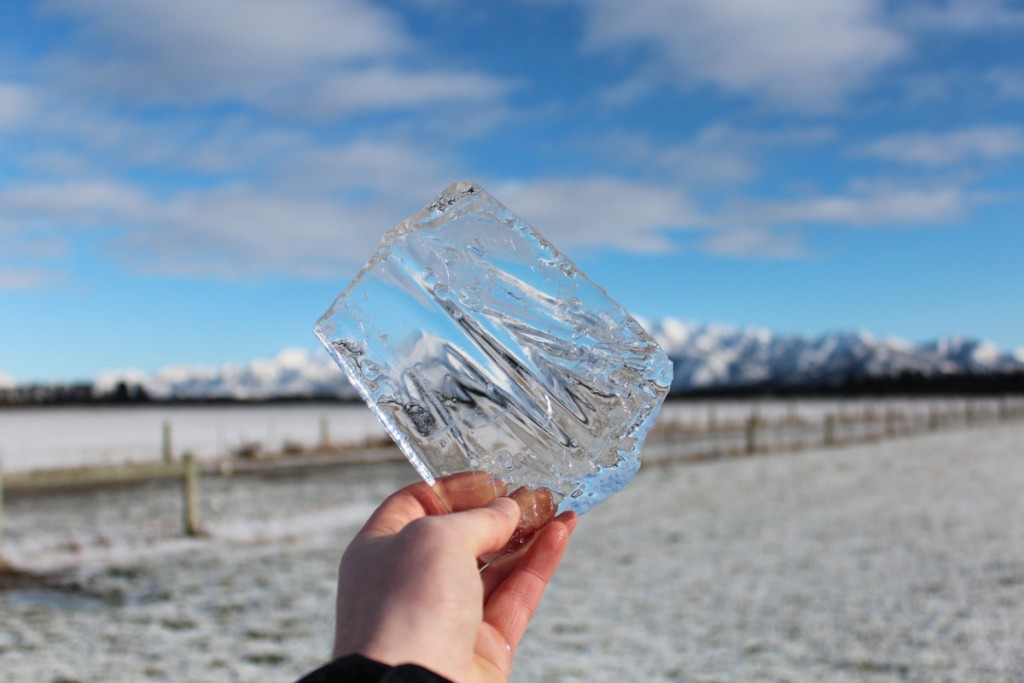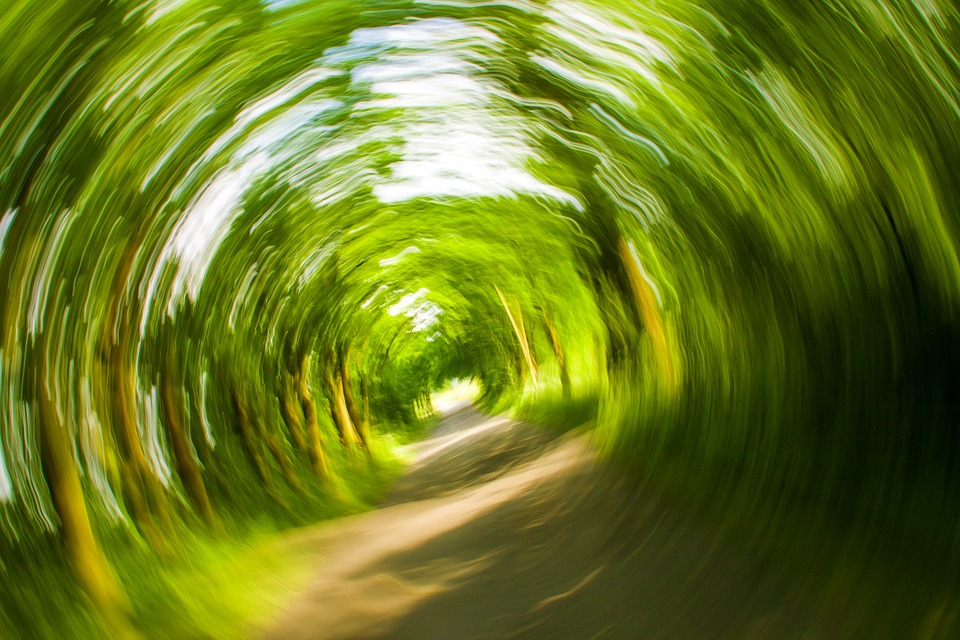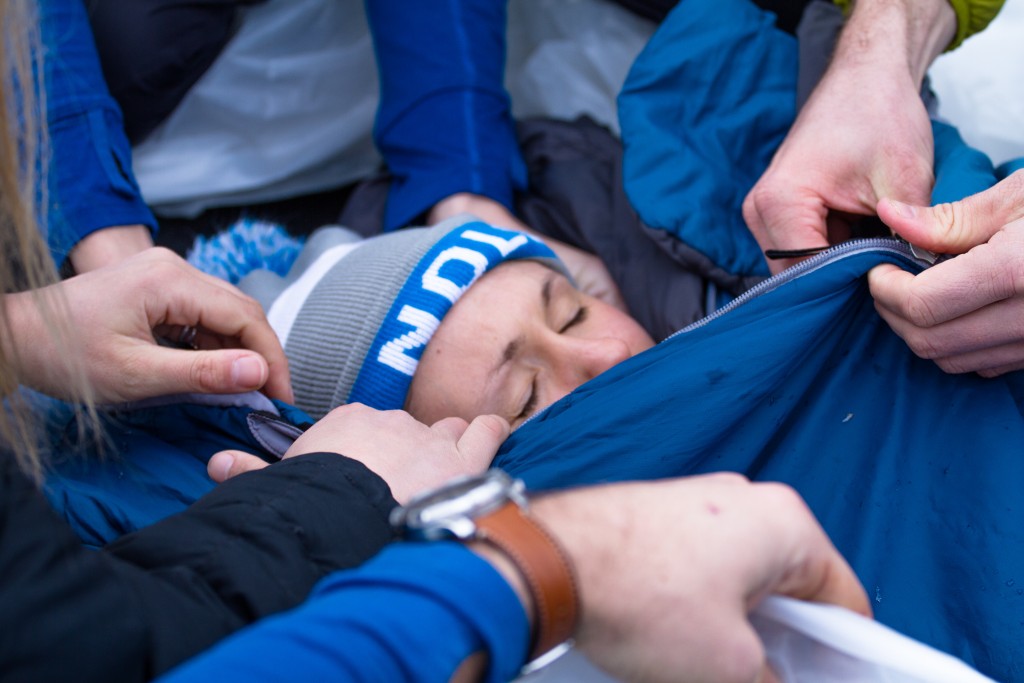
“Walk it off.”
“Toughen up!”
“Rub some dirt on it.”
“Get over it.”
Have you ever heard one of these phrases? Chances are you have, and it may have shaped the way you think of “minor” discomforts.
Unfortunately, our pride and unwillingness to look weak can get in the way of acknowledging problems and making simple fixes that eventually can grow into much bigger issues. Self-care, any action or behavior that helps us avoid triggering health problems, is totally necessary but often goes ignored—even though it can help us on all adventures in life by improving our mental and physical health. Despite insecurities we may have about speaking up, it’s okay to put yourself first and fix an issue that’s bothering you before it gets worse.
Here are a couple of red flags that often get ignored in the backcountry, but shouldn’t:
Blisters
Blisters may be common in the backcountry, but if ignored they can be debilitating. Friction blisters are caused by just that—friction—often on the feet. They first present themselves as “hot spots”, a red sore area that will eventually cause the epidermis to separate and fluid to enter the space, then cause a blister if friction continues.
They may seem like small annoyances, but blisters shouldn’t go untreated. If ignored, blisters may grow in size and severity, pop in your boot (a super unsanitary place, by the way—infection, anyone?), and your boot will continue to rub on the now much softer skin.
Blisters are a painful inconvenience, especially considering how much time we spend on our feet in the backcountry. There is also the possibility for an infection to get worse because feet don't heal quickly or well and even require evacuation to a medical doctor for treatment. Failure to recognize the need for treatment may eventually lead to blood infection as the infection worsens.
Prevention
Be sure that boots fit properly and consider wearing liner socks to decrease friction on the skin. Frequently check your feet at breaks and stop at the first sign of rubbing (hot spots). Apply moleskin or tape to trouble spots.
Treatment
Hot Spots: Cut a doughnut out of moleskin and center the hole over the hot spot as a buffer.
Small Blisters: Cut a doughnut out of molefoam (which is a bit thicker than moleskin) and center the hole over the blister. The center of the “doughnut” keeps the adhesive from sticking to and tearing skin from the blister when molefoam is changed out.
Large Blisters: If the blister is greater than or equal to the size of a nickel, you’ll have to drain it. Wash your hands and put on gloves first! Clean around the blister and insert a needle that has been disinfected into the base of the blister, allowing fluid to drain through the pinprick. Apply an antibiotic ointment and cover the area with gauze after draining, then center a moleskin doughnut over the drained blister and gauze—just as you would with an intact blister. Monitor the blister every day for signs of infection.
Learn more about blister care from the NOLS Mythcrushers:
Cold or Numb Extremities
Especially common while recreating in cold environments, numbness in the feet or hands should never be downplayed. It can be a sign of trench foot, frostbite, circulation issues, and other conditions that may lead to permanent tissue damage or extremity loss.

Prevention
Ensure that gear fits properly and isn’t creating any pressure points that may cut off circulation. Wear proper clothing and layers to protect from the cold and leave room for insulation; keep hand warmers accessible for secondary warming. Be vigilant with self-care and assessment.
Treatment
Remove excessively tight clothing and massage the extremities if circulation has been impaired. Stick hands under armpits or your feet on a companion’s belly for mild cold-related numbness or partial-thickness cold injury. For larger areas, rapidly warm them by immersion in warm water—between 99 degrees Fahrenheit and 102 degrees Fahrenheit.
Dizziness or Headaches

“It’s just a headache” isn’t always an accurate statement. According to NOLS Wilderness Medicine, by Tod Schimelpfenig, the most common cause for headaches in the backcountry is dehydration, but other causes can include, but aren’t limited to, muscular tension, altitude illness, vascular disorders, trauma, brain tumor, and carbon monoxide poisoning. Dizziness can indicate further issues as well.
Prevention
Stay hydrated and fueled with adequate calorie consumption and avoid over-exertion. Practice good hygiene to avoid flu-like illnesses.
Treatment
Again, hydrate. Rest and patience are essential. Pain medications for headaches are fine, but be able to recognize when the issue isn’t a common and simple presentation and the patient should be evacuated for further evaluation. Watch for further developments that may signal bigger issues, such as head injuries or environmental-related illnesses like heat illness.
As with all wilderness medicine situations, it is important to use effective judgement when considering physical complaints in the outdoors. There are a number of small annoyances that may be symptomatic of a bigger problem, but they might just be nothing but a small annoyance. It is better to stop and address the issue early on than to ignore it and have it reach its potential as a larger, more threatening issue.
In other words, it’s better to be safe than sorry. If something is bothering you, let your group know.
Written By
Sarah Buer
Sarah is a Wyoming native, Wilderness First Responder graduate, and former marketing coordinator for NOLS Wilderness Medicine. When she’s offline she enjoys running, singing and playing guitar, and playing in the mountains



